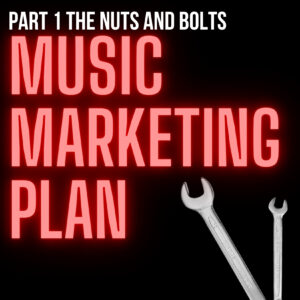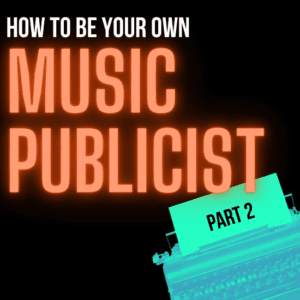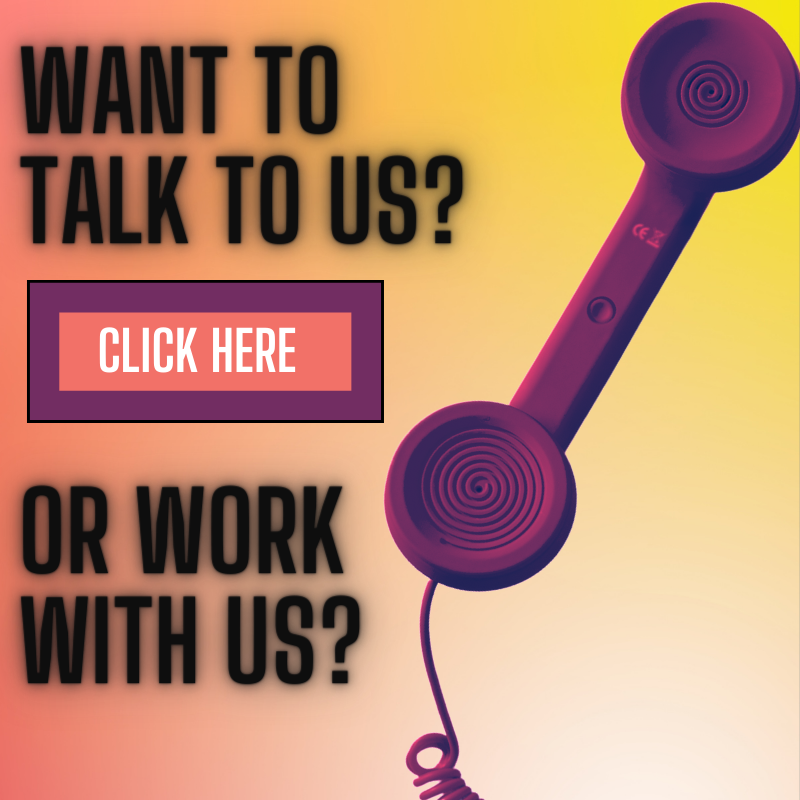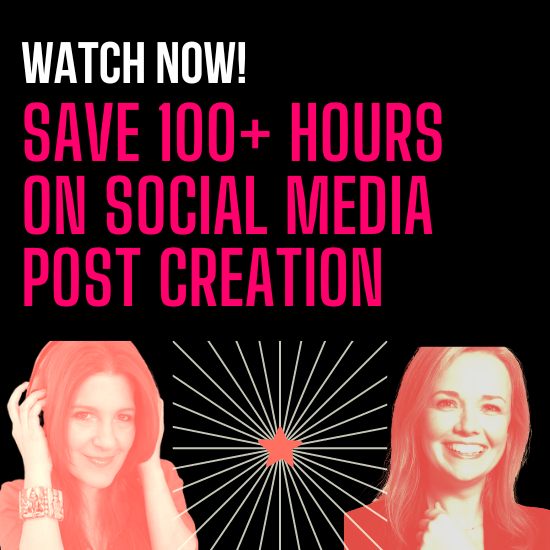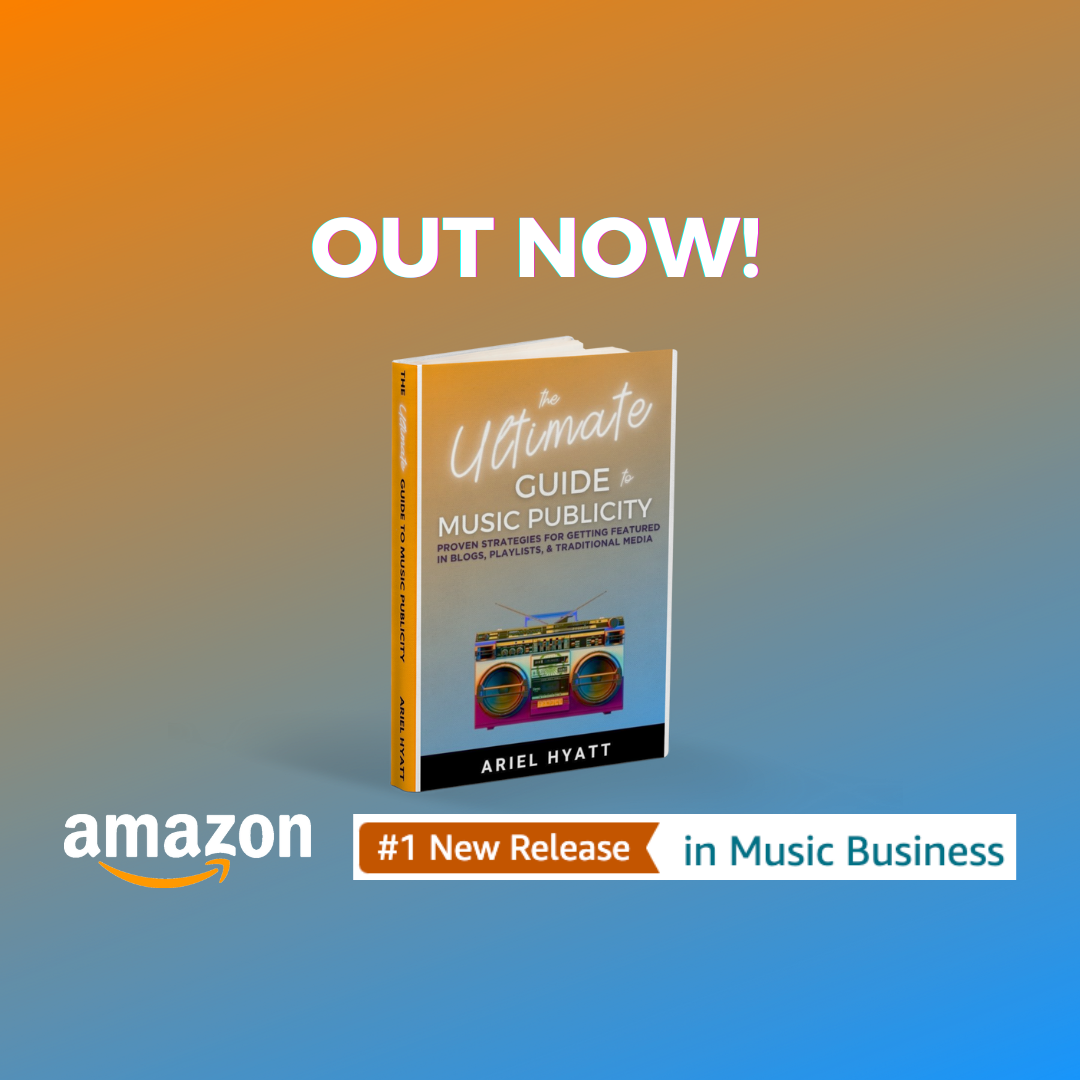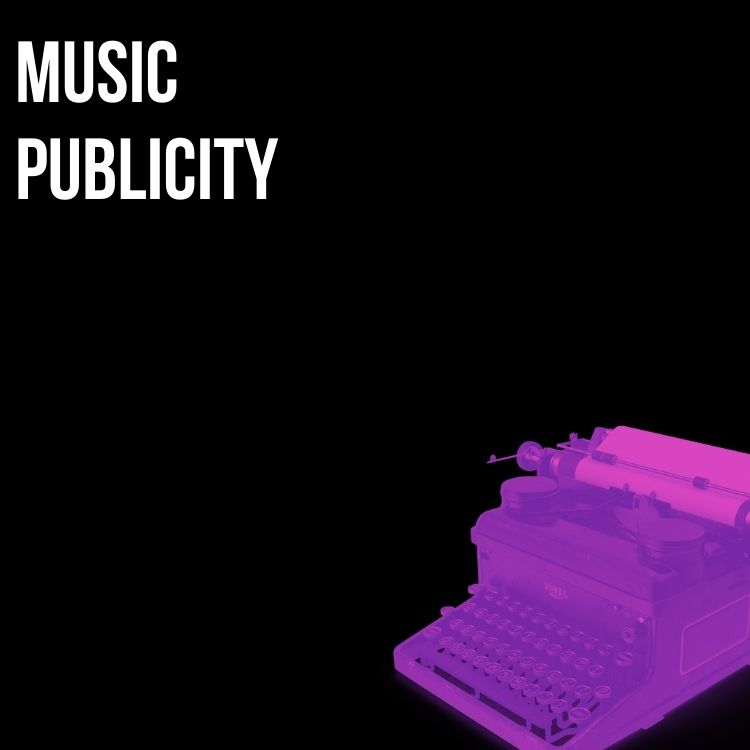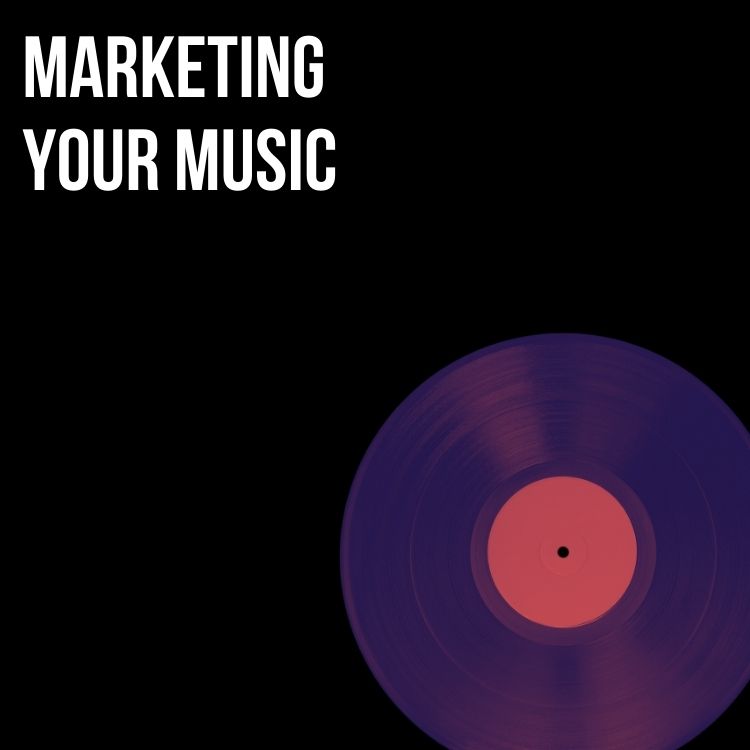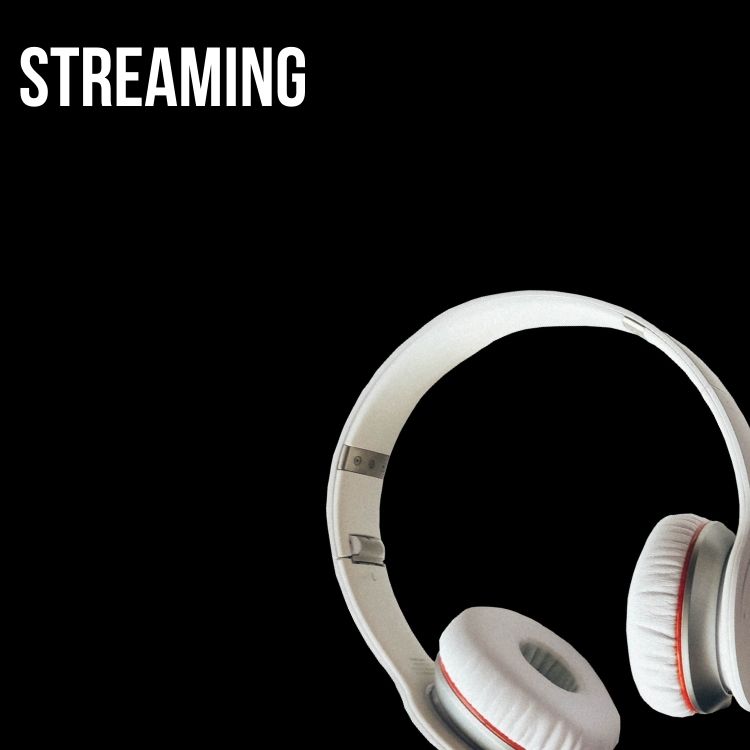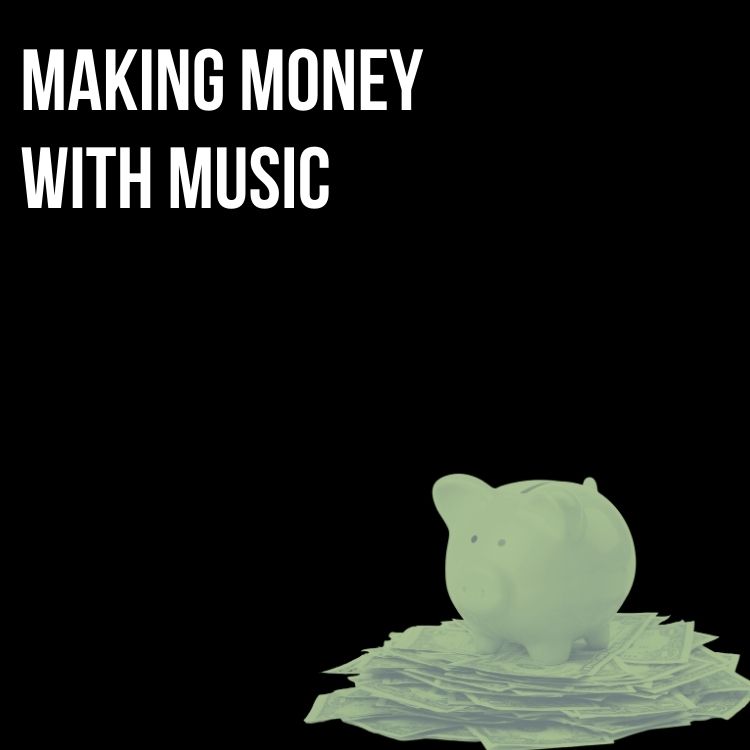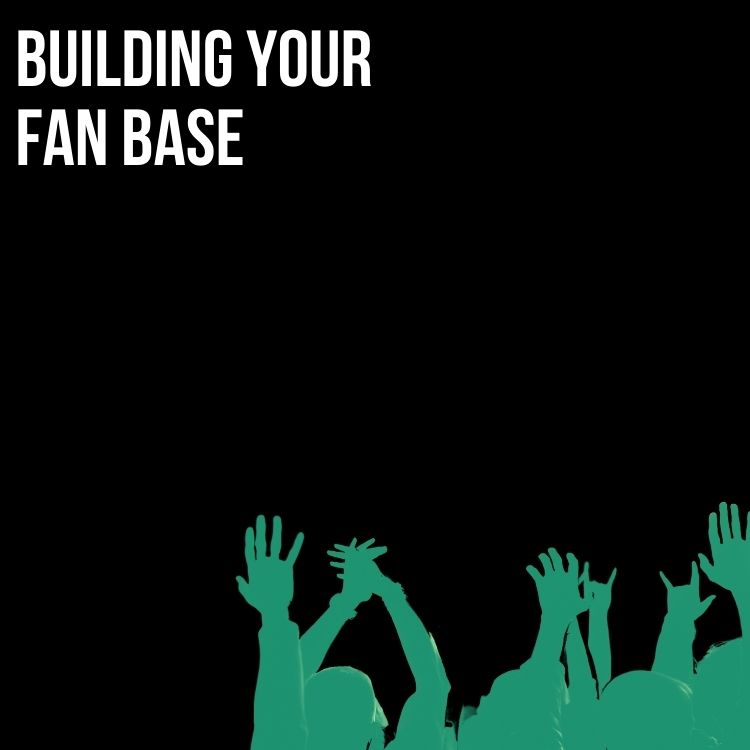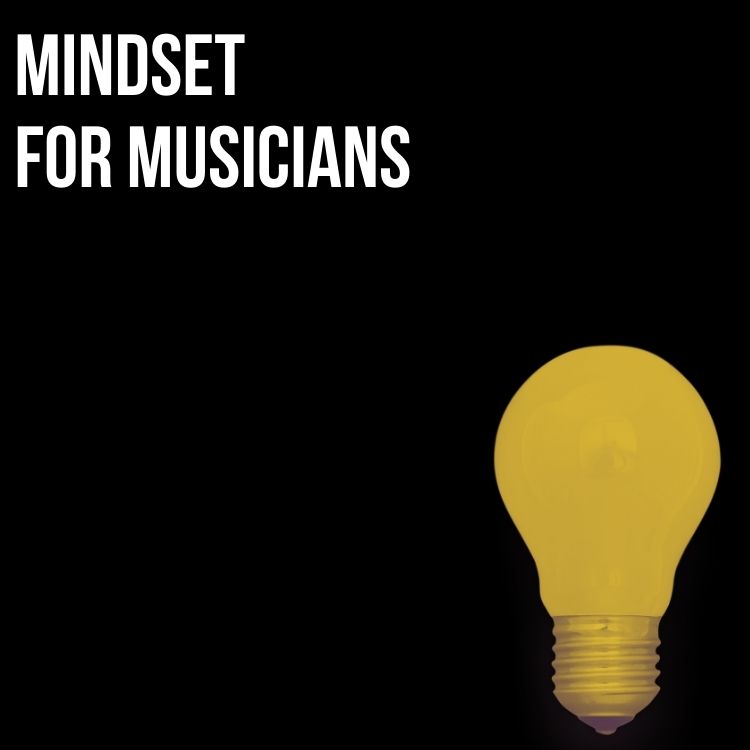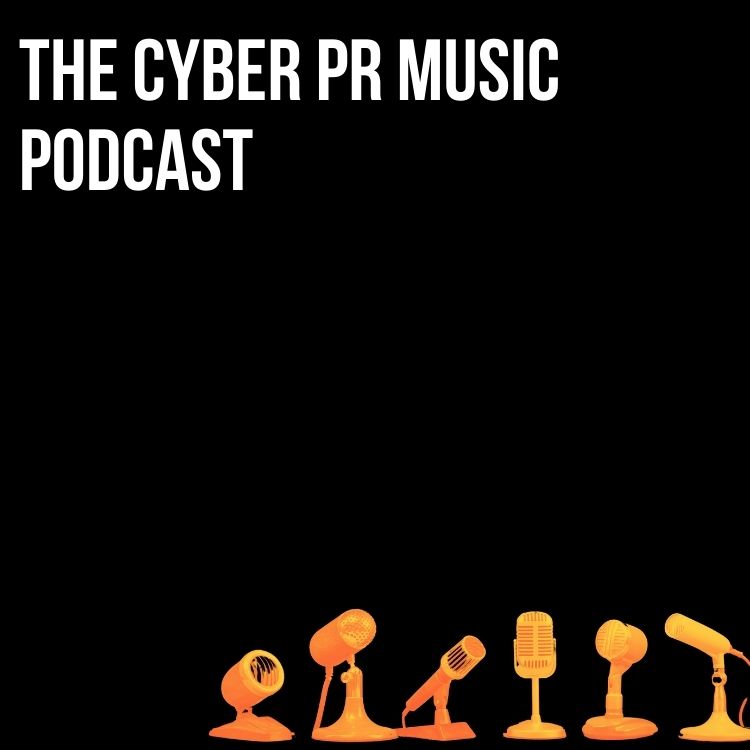
One of the main things we encourage our clients to start is their own blogs and to blog regularly. The more regularly you create content for your site the better the odds are of getting visitors, because you create more keywords that people can find you with and search engines reward sites with fresh content – more on blogging in a moment.
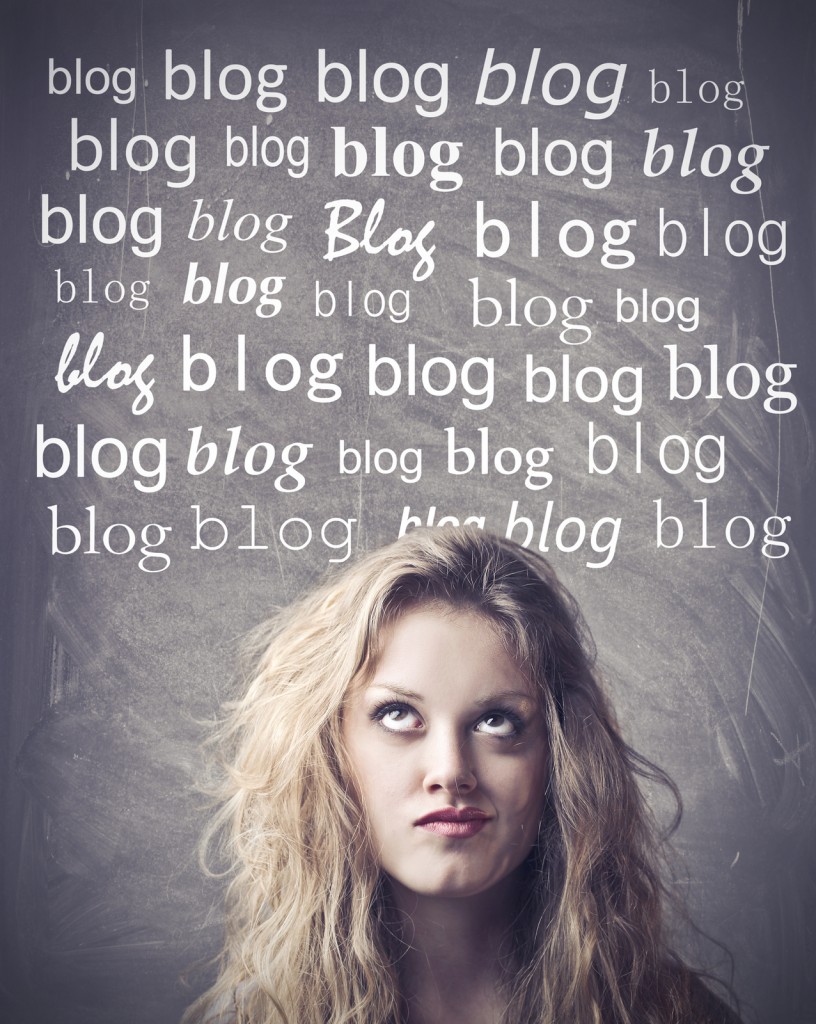 Websites are no longer billboards; they now function much more like news channels. Of course your blog can consist of band related activity but it is also useful to throw in a few posts about the bands personality which includes more personal posts about maybe your hobbies, charities you support, etc.
Websites are no longer billboards; they now function much more like news channels. Of course your blog can consist of band related activity but it is also useful to throw in a few posts about the bands personality which includes more personal posts about maybe your hobbies, charities you support, etc.
Since the blogging is usually totally new to artists I’ve been on a hunt to nail down a thorough how-to on writing blogging posts and the main key points that should be in each post.
I came across Conversify’s article written by Karen Woodward and found myself nodding to every point she made! Passing along this great article on How To Write a Blog Post.
How do you write a good blog post? There is a skill in writing for the web – people tend to skim, so you want to present your facts and your writing in a skimmable-friendly fashion. I call this “Making a blog post bloggy.” Here are some tips to writing a bloggy blog post:
1. Keep it short (about 350-800 words). Anything more than that and your audience will flee in horror at the amount of reading they have to do. Or if they have to read it, they will skim it even faster and miss everything you’re saying.
 2. Keep it simple. Write in simply-constructed sentences with very clear writing. No excess words. One way to do this is to keep language positive and action-oriented. Instead of writing, “Don’t hesitate to email us,” write, “Email us.”
2. Keep it simple. Write in simply-constructed sentences with very clear writing. No excess words. One way to do this is to keep language positive and action-oriented. Instead of writing, “Don’t hesitate to email us,” write, “Email us.”
3. Break it up. People tend to skim in chunks, so write in small paragraphs that are divided by subheads. Long paragraphs scare off readers. Short paragraphs and subheads makes the blog post easier to skim and less daunting (especially if it’s more than 1000 words).
4. Add pictures. There is no set rule here, but consider adding a picture for every three to five paragraphs. People need a place to rest their eyes, otherwise they get bogged down in words and bored of reading. You may also find that a picture can better describe what you’re writing anyway, and then you can lose a ton of text!
(Never start a blog post with a picture. There should always be enough lines of text –and keywords!– above the picture to make search engines happy.)
 5. Include links. Links serve many purposes:
5. Include links. Links serve many purposes:
a.) They break up a long paragraph by providing a resting place for the eye.
b.) They draw the eye to a particular paragraph, since the link will stand out.
c. ) Links share the internet love. If you link to another site, they may link back to you. That’s sharing the love, and making Google notice. (Read: Search Engine Friendly.)
Two things to remember about links:
When using links “hide” them under relevant text, to avoid clutter. For example, write “Check out our events calendar for more information,” not “Check out our events calendar for more information: www.mywebsite.com/events.”).
Don’t be “link happy” (including links whenever, wherever) because that looks sloppy. Only use them when appropriate, i.e. to guide the user to an action, for more information, or for attribution.
6. Start with a hook and end with a call to action. You want to grab the reader immediately, supply information, and finish with a next step (even if that step is just asking the reader to think about something).
7. When writing about an event, go in this order: When. Where. How. Always write out the date (“June 17,” not “6/17/11”), and include the day of the week if the event is coming up within a week. For example, “The band is playing on Friday, June 17 at The House of Blues. Buy tickets at Ticketmaster.” (The link to Ticketmaster is under the word “Ticketmaster.”)
8. People love lists and bullet points. They’re easy for people to skim and grab the take-aways of a blog post.
9. If you have a word, phrase, event name, etc that you want to highlight, then put it in bold, or a different color to set it apart from the other text. Do this sparingly, or it will lose its impact.
10. Tag and categorize your posts (if possible). This makes your blog post search engine friendly, so other people can find it. There is no set rule here, but consider three to eight tags and one to two categories.
11. When you’re finished writing, look back over your post and think, “Is this what they want? Have I provided all the information? What else might they want to know?”
Looking for more advice on music blogging? Check out Part 6 of Cyber PR’s free course, Social Media House! Click the picture below to get started.

Subscribe for more!
Back to The Blog

